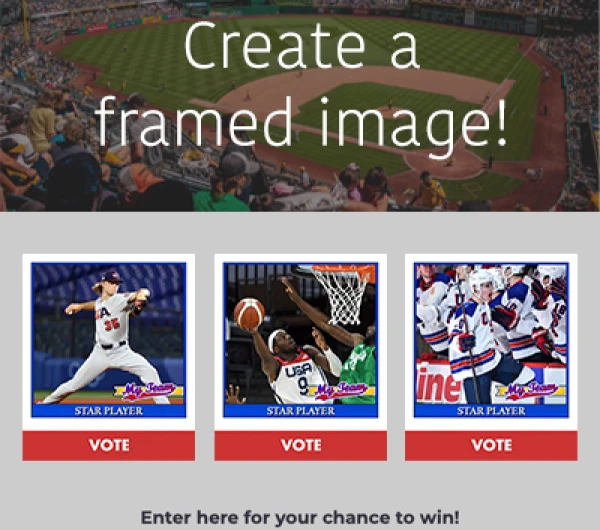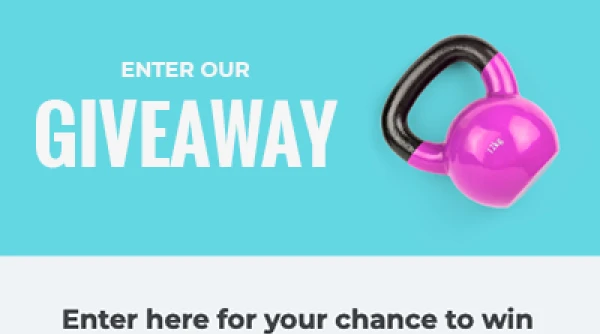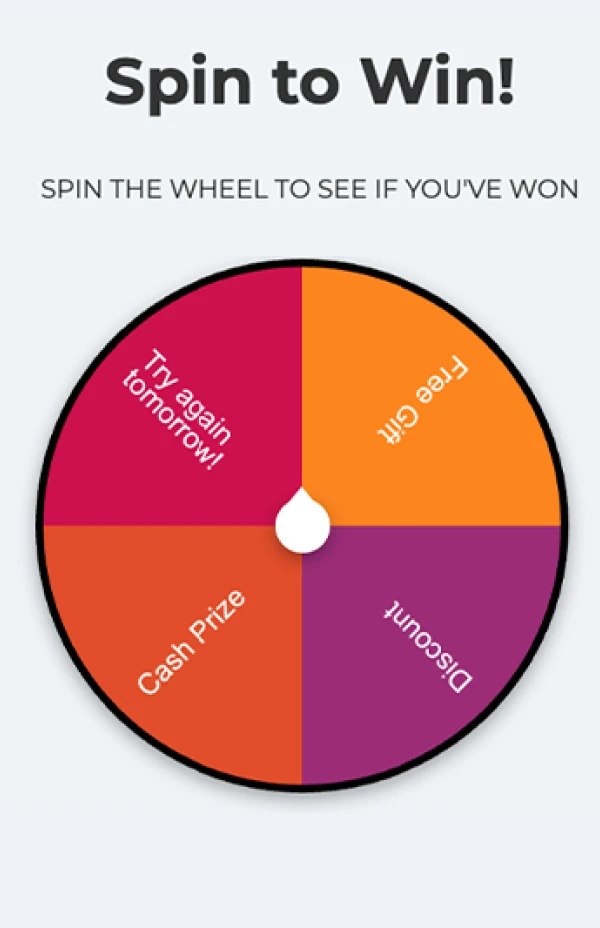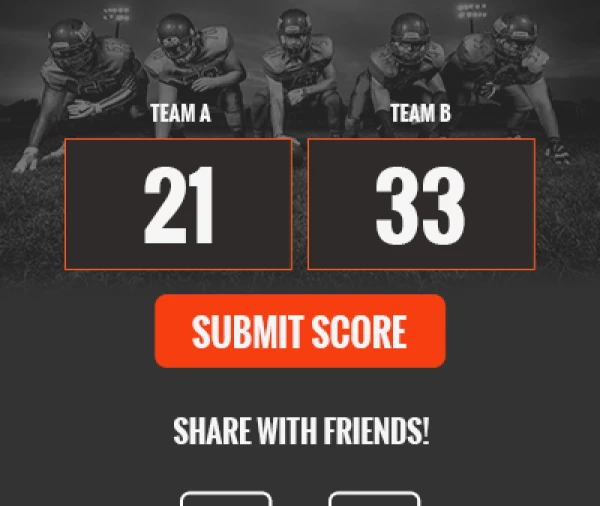3 Simple Marketing Strategies as Powerful as Word-Of-Mouth
This content discusses the power of word-of-mouth marketing and offers three simple strategies to simulate its effects: online reviews, user-generated content, and referral incentives.
A few days ago, I noticed a stark contrast between my front lawn and the other lawns on my block. Despite the fact that spring is in full swing, my lawn is still mostly brown. I asked the first neighbor I saw with a greener lawn than me, “How’d you get your lawn so green?” He yelled back the name of a lawn care service that apparently services many of the lawns on my street. I wasted no time in calling them - they’re scheduled to come and save my lawn next week. Any marketer worth their salt knows that word-of-mouth marketing is as good as it gets. In fact, one offline word-of-mouth impression drives sales at least 5x more than one paid ad. But the challenge for marketers is that, much like the exchange I had with my neighbor, word-of-mouth marketing is completely organic. In other words, you can’t buy it, script it, or hack an algorithm to make it happen. The only thing you can do to cultivate word-of-mouth marketing is to make sure your customer experience is top-notch. Even then, word-of-mouth exchanges are not a guarantee. Had my neighbor not been outside, his lawn-service recommendation may have never happened. Thankfully, there are three simple marketing approaches similar to word-of-mouth that marketers can implement. And, these strategies are just as impactful because they embody the same humanistic and visual elements as word-of-mouth. You still have to make sure your customer experience is top-notch, but by utilizing online reviews, user-generated content, and referral incentives, you can foster measurable marketing success. Read on to learn more about these strategies. As a bonus, I’ve included a few examples and how-tos for each.
Strategy #1: Online Reviews
One of the main hurdles businesses face when trying to acquire new customers is trust. When we hand our money over in exchange for products or services, there’s a decision that we’ve made. We’ve decided to trust that what we’ll get is what we expected to get. But where does this trust come from?Marketers work very hard to build brands that instill trust, but in the last few decades, consumers have wised up and have begun to look beyond the glitzy marketing campaigns dreamed up by savvy ad agencies. Although you don’t always have a friend or neighbor to ask for a recommendation from, there are almost always online reviews to read, which shoppers largely feel are just as good. In fact, it has been found that 85% of consumers have as much confidence in online reviews as they do in personal recommendations.
How to get more online reviews
Use a giveaway to incentivize reviews
Seventy percent of customers say that they would be happy to leave a review if a business simply asks. However, even with the best intentions, I would bet my money that the number of customers who actually follow through with a review is much lower than 70%. This is where incentives can be a big help. Build a simple giveaway that reviewers can enter for a chance to win a prize.

The logistics of this giveaway can be very simple. Build a landing page with an entry form. Include a photo upload field where reviewers can upload a screenshot of their online review. This will serve as proof the review was placed. As a bonus, you can build the entry form to collect other bits of important information to use in future marketing. Use these reviews to build a highly targeted list of repeat customers.
Use coupons or discounts to incentivize reviews
Giveaways are great but one drawback is that, when it’s over, many of the entrants walk away empty-handed. On the other hand, coupons and discounts let everyone get a little piece of the action. For this reason, these types of incentives may be more enticing to some and therefore attract more reviews. Similar to a giveaway, you can distribute your coupons or discounts starting with an online landing page. Collect screenshots of reviews via an entry form and include fields to collect other important information such as a name and email address. Then, set up an autoresponder to send an email immediately after the form is submitted. Include a discount code in the email and voila! – you have a complete digital sales funnel to make it simple for customers to not only receive their discount but to then redeem it on your website or online store.
Hire a review service
Review services are great because they take care of everything from outreach to incentives. On top of helping you to collect reviews, they often offer the ability to reach out to the reviewer and say “thanks!” or address anything they mentioned in their review.Thanks to the boom in online reviews, services are springing up to help businesses collect reviews no matter their industry. So, no matter what type of business you’re in, there is a review service out there for you.For more ideas, check out 6 Ways to Rack Up More Online Reviews.
Strategy #2: User-Generated Content
User-generated content (UGC) is as powerful as word-of-mouth because it almost feels as organic as word-of-mouth and 90% of consumers say authenticity is important. UGC usually comes in the form of images, stories, or videos collected from real live customers as opposed to celebrities or paid influencers. This is important because consumers find UGC 9.8x more impactful than influencer content when making purchasing decisions.There are two benefits to UGC that word-of-mouth marketing can’t offer. Benefit 1: UGC can be cultivated. It’s really hard (if not impossible) to create a word-of-mouth marketing campaign where word-of-mouth exchanges are incentivized, collected, and tracked. However, UGC campaigns in which photos, videos, stories, captions, (and more) are collected are seen everywhere. Pop open Instagram and scroll. I bet you’ll see businesses using user-generated content to promote their products or services. A great example is @kozycouch on Instagram. Their entire profile seems to be made up of posts much like this - kids playing with their fort-building couches. The images portray very happy (and entertained) ‘customers’ - a toddler parent’s dream come true.

Benefit 2: The content collected from UGC campaigns is tangible, so businesses can use it for further marketing. A great example of this was created by BarkBox. Everyone loves dog and puppy videos, so BarkBox used the adorable content created by their target audience and compiled it into an aww-worthy video that they used as an ad.
Although photos and videos may be the most popular forms of UGC, due to their visual nature, stories, captions, quotes, nominations, and other written forms of UGC can have a powerful impact as well. Combine the two - like in this Stanley tool campaign in which women were asked to share their achievements in an effort to improve job site diversity. This type of content makes for incredible brand-building and top-of-mind awareness.

How to get more UGC
Create a photo or video contest
Hosting a photo or video contest is a popular method for collecting UGC for good reasons – it’s simple, fun, and effective. Chemical Guys is a car care brand for auto-enthusiasts passionate about making their car look its best. Their clever take on a UGC contest asked loyalists to post their “arsenal” of Chemical Guys’ products. This does a number of things to promote brand loyalty – by viewing these entries in a gallery, the UGC makes an impactful statement about how loyal Chemical Guys’ customers really are. It also gives others a sense of which Chemical Guys’ products are the most popular.

When setting up a photo contest, keep the method of entry simple and versatile so as to be inclusive of all types of users. For example, allow for entries to be collected by posting an image to Instagram with a branded hashtag, submitting image or video files, or including links to Instagram posts, Twitter posts, or even TikTok posts into an entry form. All of the entries (no matter the entry method) can be displayed in one gallery within the landing page where voting can be enabled to make it a contest.
Collect nominations
Any business can adopt a cause or even partner with a nonprofit to run a giveaway for the sake of doing a little good for those who do good for others. This TV station’s ‘Superheroes Wear Scrubs’ giveaway celebrated Nurses Week and asked for nominations of favorite nurse teams. Although the TV station isn’t directly affiliated with the healthcare industry, and their primary intention was to honor these essential workers, this type of UGC holds value for the business that collected it. It’s a tangible example of the good this business does for its community.

To set up a campaign that spotlights nominees, include a photo upload field as well as a large text field in the campaign’s entry form. Then choose what you’d like to display in the gallery. To keep things tidy, display the photo and entry title, and allow for the expanded text to be displayed when the entry is clicked on.

Create a before and after contest
A set of before and after photos or videos can tell a story all on their own. If you’re selling a product or service that promises results to customers or clients, a simple “this is me before” and “this is me after” is an incredibly compelling way to illustrate just how effective your products or services can be.Here’s an example of UGC from a user of Hers acne treatment. Anyone looking for clearer skin can plainly see that the product is effective. Why not try it for themselves?

Build a landing page ideal for hosting a before and after contest with this template from ShortStack. Entries will be displayed in a thumbnail that can be toggled to reveal before and after photos.For more ideas, check out 5 Clever Ways to Collect User-Generated Content (UGC).
Strategy #3: Referral Incentives
One could argue that referral marketing is word-of-mouth marketing, and I would agree! But the element that makes it a little different is that the word-of-mouth part is incentivized and therefore, trackable. Tying in an incentive makes referral marketing a conversion powerhouse. In fact, referral marketing is known to generate 3-5x higher conversion rates than other forms of marketing. A great example of referral incentives is offered by the meal plan subscription service, Every Plate. Shortly after signing up, Every Plate offered me a hefty discount of $20 off my next box if I got a friend to subscribe. To sweeten the deal even more, they promised to throw in a discount for my friend as well.

These types of incentives help customers be proactive in referring their circle of friends and family to products and services, effectively turning your customer base into your strongest sales team.
How to build a referral campaign to grow your list of targeted leads
Depending on the product or service a business offers, convincing someone to make the leap from prospect to customer may take more than a $20 incentive. For example, you wouldn’t buy a particular car just because they were offering a $20 discount. That type of big-dollar conversion will most likely take a bit more cultivating. This is why it’s important to think about referral incentives in a different context than just customer conversion. For example, you can also combine referral incentives with a photo or video contest to boost participation and also your list of targeted leads. Check out this example created by the National Cherry Blossom Festival and their sponsor, ANA Airlines. In their Travel Blossoms Here giveaway, they aimed to increase brand exposure by offering a chance to win two round-trip tickets from the US to Japan on ANA Airlines. Each giveaway entrant was allowed one entry. But if they shared the giveaway to social media, they would earn an extra chance to win for each referral that entered through their unique link.

The campaign allowed ANA to add 3,800 new leads to its marketing list to further cultivate them into loyal ANA customers. To learn more about this campaign and the benefits of referral marketing, check out Customer Success Story: How a national festival used referral rewards to gain leads and boost awareness.
In summary
Word-of-mouth marketing has been around as long as people have had goods and services to exchange. Even today, it’s a powerful means of converting customers. However, fostering word-of-mouth interactions is difficult. It’s simply too organic to implement and even more difficult to track. Thanks to a little help from good campaign software, there are other ways to simulate word-of-mouth marketing. Create a means for collecting reviews, UGC, and implement referral incentives to incorporate into your marketing. One of these methods or even a combination of all three will set you up to become a customer-converting powerhouse.
About the author
Jessica Miller-McNatt has been with ShortStack for over a decade and has served in every role from Marketing Team Lead to Customer Success. Her journey in martech continues to fuel her fascination for what drives growth. Jessica's favorite weekends are spent in the North Georgia mountains, chasing waterfalls and exploring with her family.
Recent posts
Go back to blogGet marketing tips straight to your inbox
Launch an irresistible giveaway. Get started for free.
Join 630.000+ marketers that are boosting engagement and sales.













